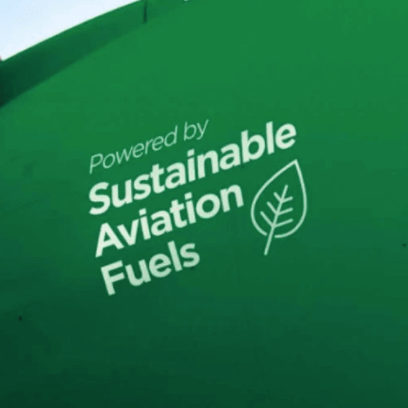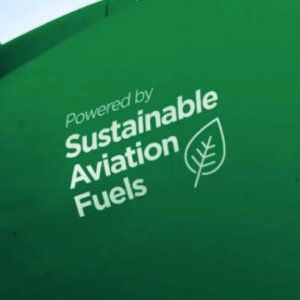
In a world focused on eco-friendliness, aviation seeks a cleaner path. Sustainable Aviation Fuel (SAF) emerges as a game-changer. This blog explores SAF’s SWOT analysis – Strengths, Weaknesses, Opportunities, and Threats. Learn how SAF cuts emissions and its hurdles like cost and supply. Discover its bright future with growing demand and evolving tech. Yet, watch for challenges like policy shifts and public perceptions. Join us on a journey into aviation’s green transformation with SAF.
Table of Contents
Toggle
Strengths of SAF
SAF boasts several strengths. Firstly, it significantly reduces greenhouse gas emissions from aviation, potentially cutting emissions by up to 80% compared to conventional jet fuel. Secondly, it is derived from sustainable feedstocks, including used cooking oil, agricultural waste, and municipal solid waste. Thirdly, SAF can be blended seamlessly with existing aircraft fuels, requiring no modifications. Lastly, governments worldwide are actively supporting the development and deployment of SAF through financial incentives and policies.
Weaknesses of Sustainable Aviation Fuel
However, SAF faces certain weaknesses. Most notably, it is currently more expensive than traditional jet fuel, which may deter widespread adoption. Additionally, the global production capacity for SAF remains limited, although it is expected to increase in the coming years. SAF also competes with other industries for the same feedstocks, potentially leading to supply challenges. Furthermore, there are technical obstacles related to SAF production and ensuring it meets safety and performance standards.
Opportunities of Sustainable Aviation Fuel
Looking at opportunities, SAF stands to benefit from a growing demand in the aviation industry, driven by airlines and governments seeking to reduce carbon footprints. Promisingly, new technologies are in development to lower SAF production costs and broaden the range of sustainable feedstocks. Ongoing government support, through policies and incentives, reinforces these opportunities. Additionally, emerging technologies for more fuel-efficient aircraft and the increasing popularity of sustainable travel enhance SAF’s prospects.
Threats of Sustainable Aviation Fuel
Nevertheless, Sustainable Aviation Fuel also faces several threats. Economic downturns could diminish demand for SAF, impeding production scaling. Changes in government policies may reduce support for Sustainable Aviation Fuel, creating challenges in its competitiveness against conventional jet fuel. Public backlash could arise if SAF is perceived as too expensive or if sustainability concerns emerge. The development of alternative technologies, such as electric aircraft or hydrogen fuel cells, poses a competitive threat. Similarly, a decline in government backing or major safety incidents involving SAF could hinder its progress.
